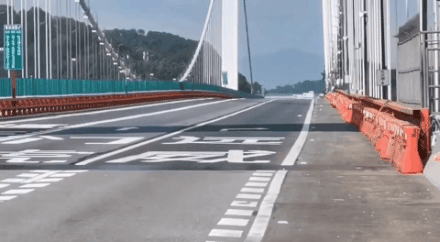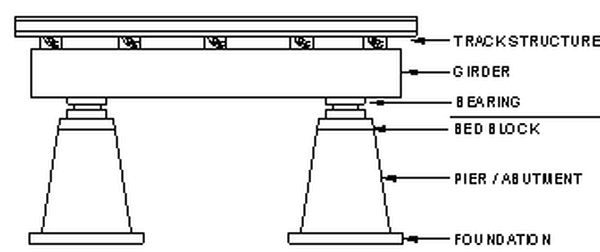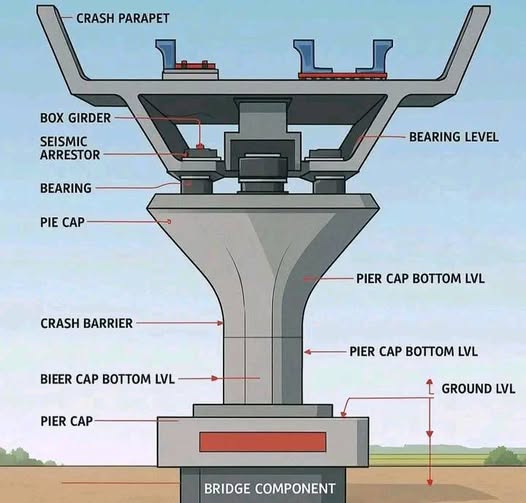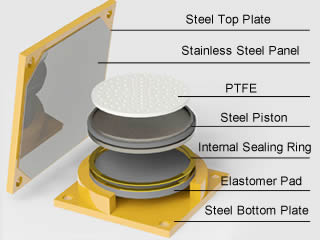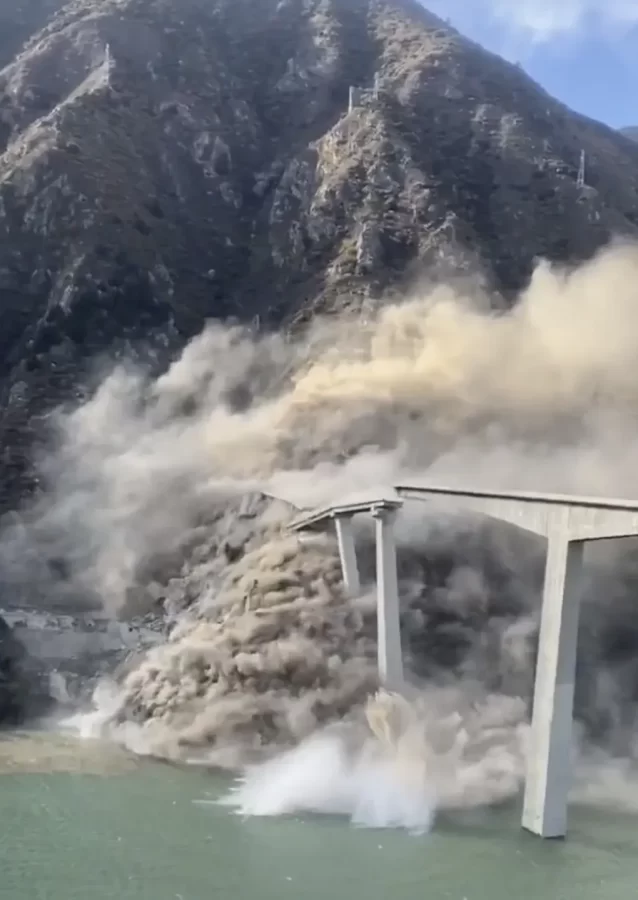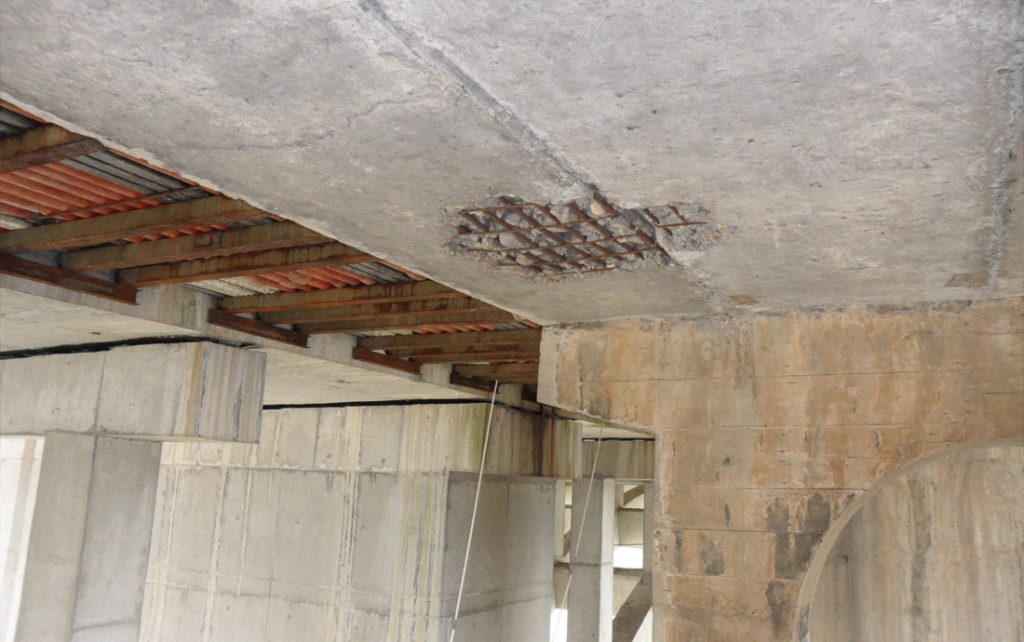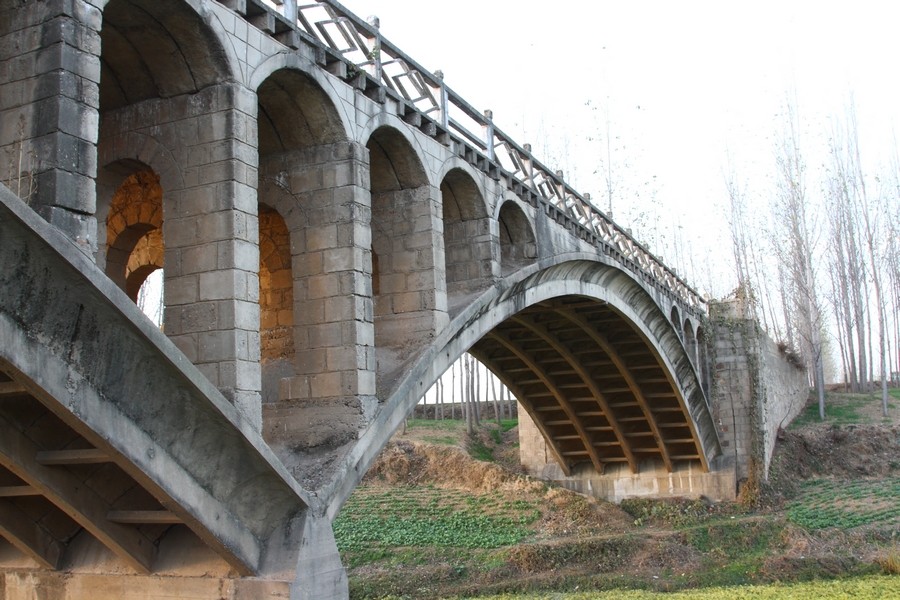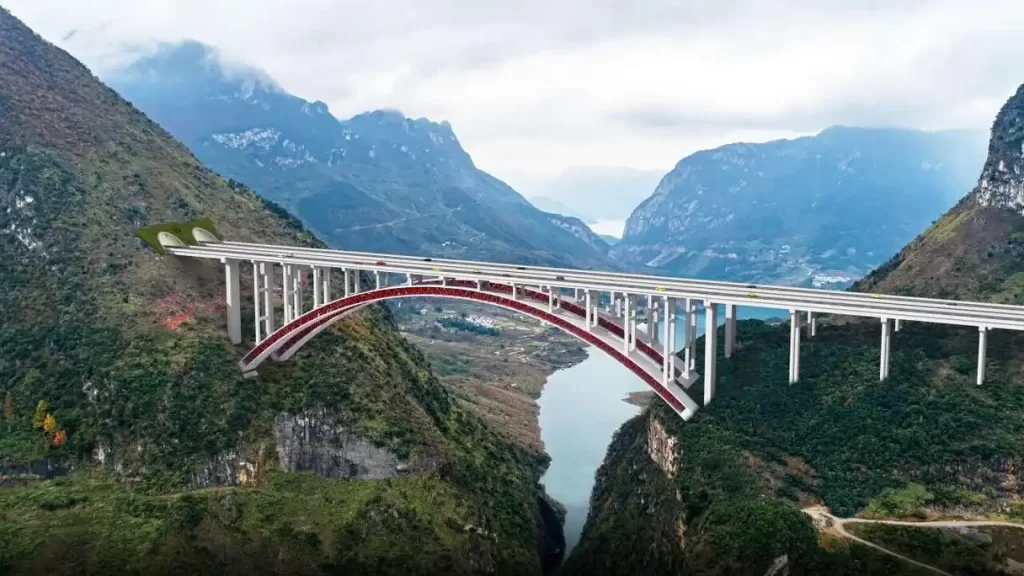In discussions of bridge safety incidents, “structural disease” is often the go-to explanation. However, the overturning risk of single-column pier bridges is not caused by typical structural deterioration but stems from their unique design characteristics and the complex interaction of external loads.

As one of the most adaptable forms of bridge design in modern highway construction, single-column pier bridges balance aesthetic appeal, land-use efficiency, and engineering practicality. Yet, their application logic, hidden overturning risks, and effective reinforcement solutions deserve deeper examination.
Why Single-Column Pier Bridges Are Widely Used
Single-column pier bridges feature a single-point support substructure, offering distinct advantages in environments with complex terrain or limited land resources. This configuration minimizes the foundation footprint and avoids interference with underground structures, significantly improving construction feasibility. Their concise structural layout optimizes the spatial arrangement of the substructure while enhancing visual transparency, making them ideal for landscape integration and urban design. In constrained conditions—such as narrow valleys, limited right-of-way, or cost-sensitive projects—the single-column pier often becomes the only practical solution, offering a balance between functionality, economy, and constructability.
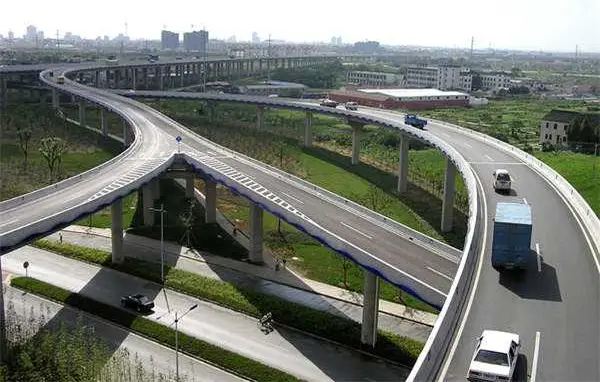
Overturning in Single-Column Pier Bridges
The overturning risk of single-column pier bridges arises not from long-term deterioration but from the interaction between design limitations and external loads. Failures are often brittle and sudden, making them especially dangerous.
Structurally, the single-point support system is the core vulnerability. Under eccentric or unbalanced loads—such as when overloaded vehicles pass asymmetrically—dual bearings at abutments or connecting piers may lose contact, leaving the pier’s single support unable to provide sufficient lateral restraint. This results in excessive beam deformation, loss of stability, and ultimately global overturning.
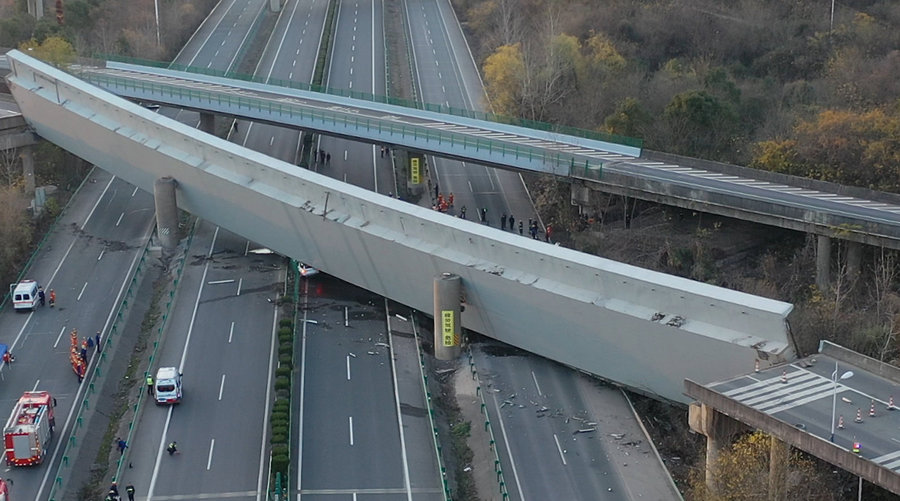
For single-column piers with cap beams, concentrated loads from heavy vehicles can induce critical bending and shear forces. Once internal stresses exceed the sectional bearing capacity, the cap beam or pier may experience ultimate failure, causing the superstructure to lose support and overturn.
Moreover, improper pier design—such as excessive height or insufficient rotational stiffness—can amplify lateral forces under eccentric loads, leading to shear-bending failure at the pier base and even collapse.

Reinforcement Strategies to Prevent Overturning
The fundamental approach to solving overturning issues is to increase the number of lateral supports and enhance overall stability through structural strengthening.
Several proven methods are available, each with unique advantages depending on site conditions and bridge geometry.
(1) Converting the Single Pier to a Circular-End Wall Pier
This retrofit expands the pier cross-section to form a circular-end wall pier, while adding two new elastomeric bearings at the pier top.
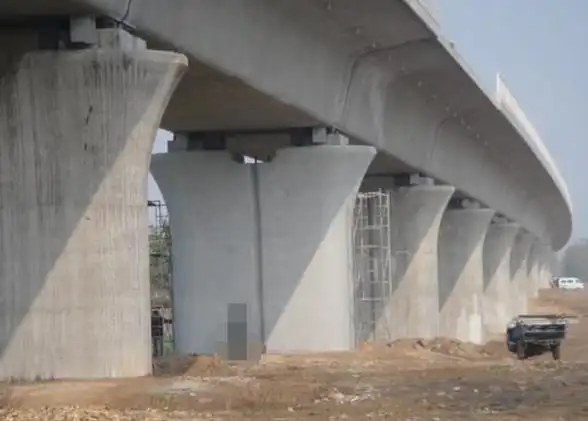
Before concrete casting, the interface between the new and old sections is roughened for bonding. Additional piles are installed on both sides of the foundation, connected by a reinforced concrete cap to ensure structural integrity.
- Solid wall piers are ideal for bridges with deck widths under 6 m and pier heights below 7 m. They maintain the original appearance and improve stability but require sufficient foundation bearing capacity to prevent excessive lateral displacement or settlement.
- Hollow wall piers are better for higher piers (over 7 m), reducing self-weight and minimizing soil stress. Steel formwork can be reused, lowering construction costs and improving efficiency in tall pier reinforcement.
(2) Converting to a Triple-Pier Structure
This method adds two additional round piers on either side of the existing one, each topped with an elastomeric bearing. These additional supports provide lateral restraint and counteract torsional deformation, maintaining beam balance under asymmetric loads.

- Steel tubular piers are suitable for piers under 6 m in height. They are lightweight, quick to install, and ideal for ramp bridges or overpasses, though the retrofit traces are visually obvious.
- Reinforced concrete piers work well for 5–7 m high structures, offering better stability and integration with the original foundation. While the modification is more visible, aesthetic panels can be added to create a circular-end wall appearance.
(3) Adding an Enlarged Pier Cap or Cantilever Head
For bridges with wide decks or tall piers, an enlarged pier head reduces self-weight and material consumption while increasing the effective support area. The cantilevered or tray-shaped expansion (minimum thickness 30–40 cm) can be made of reinforced concrete or steel.
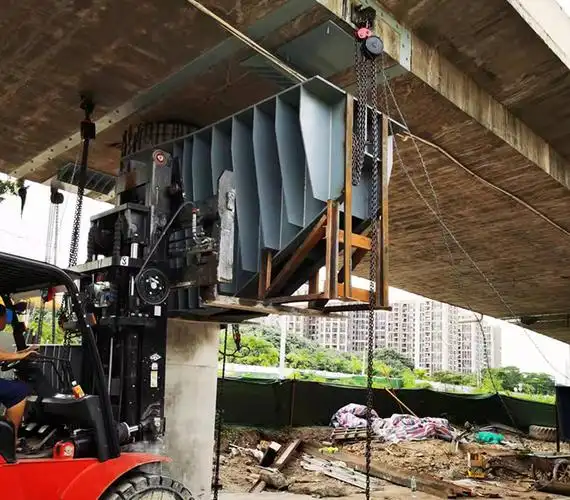
- The concrete cap extends the pier top laterally, accommodating two new bearings and improving anti-overturning performance.
- The steel box cap uses dual semi-circular steel collars (20 mm thick) reinforced with stiffeners and diaphragms, forming a lightweight truss-like steel cap suitable for sites with strict weight limits.

(4) Auxiliary Reinforcement Techniques
In addition to the above major retrofitting methods, other supplementary anti-overturning solutions can further enhance safety:
- Installing uplift restraints to improve anti-lift capacity.
- Converting single-cap beams to multi-support systems for better lateral stiffness.
- Wrapping pier columns and adding additional bearings to increase support points.
- Adjusting bearing spacing for optimized load distribution.
- Applying tension-bearing systems to resist eccentric loads.
These targeted interventions collectively improve lateral stability and operational safety for single-column pier bridges.
